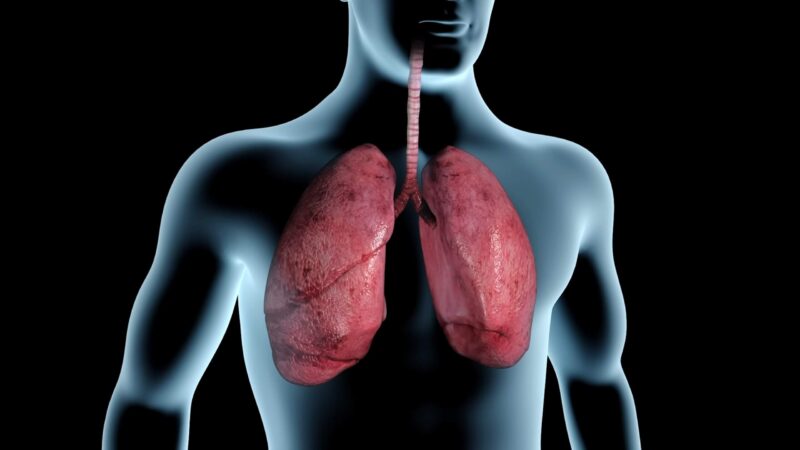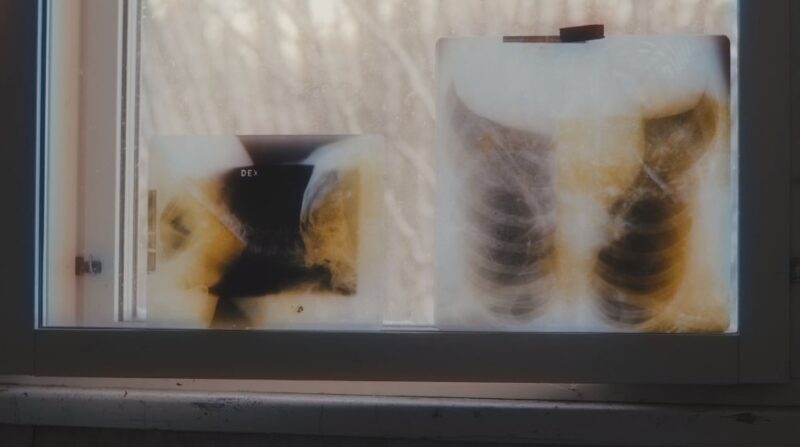To be honest, I had no idea what “hotboxing” was. It turns out this practice is not just about getting a stronger high; it’s a part of the culture for some cannabis users and comes with its own set of health and social implications.
I was surprised to learn about the various risks associated with hot boxing, including its impact on air quality and the potential for increased addiction risk.
This article aims to break down what I’ve learned about it in a straightforward and informative way, perfect for anyone else who, like me, is just discovering what it is all about.
What Does It Mean?

Hot boxing is the act of smoking marijuana or other substances in a confined space, like cars, bathrooms, tents, or any sealed-off area. The purpose? To maximize the concentration of smoke, thereby enhancing the user’s experience.
This practice, while seemingly simple, carries with it significant potential risks and health implications, ranging from respiratory issues to altered mental states. It’s a method that has evolved over time, reflecting changes in social attitudes and the increasing potency of marijuana.
Places Common for Hot Boxing

- Cars: Often chosen for the privacy they offer, cars are a popular hot boxing venue. However, they pose significant risks, especially if the driver is under the influence. The confined space of a car magnifies the effects of the smoke, and the enclosed environment can impair judgment and reaction time, leading to dangerous situations.
- Bathrooms: Given their small size and enclosed nature, bathrooms are ideal for trapping smoke efficiently. Many choose bathrooms for hot boxing due to their accessibility and perceived privacy.
- Tents: Popular at music festivals and outdoor events, tents provide a semi-private, enclosed space that is conducive to hot boxing. The use of tents highlights the social aspect of this practice, often associated with communal experiences.
- Sealed Rooms: Virtually any room can be transformed into a hot boxing spot by sealing windows and doors. This method is often used to create a more controlled environment and can lead to a more intense experience.
Why Do People Do This?
The primary reason for hot boxing is to intensify the effects of the smoked substance. In a confined space, the smoke is inhaled repeatedly, potentially leading to a more potent high. This practice is often seen as a rite of passage or a social activity among certain groups, adding a communal aspect to the drug-using experience.
However, it’s important to note that the desire for a heightened experience comes with increased health risks.
Health Risks and Implications
1. Exposure to High Levels of Smoke

Engaging in frequent hot boxing exposes individuals to highly concentrated smoke, which can lead to a range of respiratory issues and lung diseases over time. The lack of ventilation in these confined spaces means that users are breathing in a greater amount of harmful substances found in smoke, including carcinogens and other toxic chemicals.
This can have long-term effects on lung health and overall well-being.
2. Secondhand Smoke and Contact High
Non-smokers in a hot-boxed environment can experience a contact high due to secondhand smoke, which is particularly concerning in tightly enclosed spaces. This exposure can be unintentional and affects individuals who might not otherwise choose to inhale these substances.
The effects of secondhand smoke in such concentrated forms can be similar to those experienced by the primary smokers, including altered mental states and physical discomfort.
3. Impaired Driving
Hot boxing in a vehicle not only impairs the driver’s ability but also poses a significant risk to road safety. Impaired reaction time and coordination can lead to accidents, endangering not just the occupants of the car but also other road users.
This practice is particularly concerning given the increasing potency of marijuana, which can exacerbate the effects of impairment.
4. Buildup of Carbon Dioxide
Prolonged hot boxing can result in an excessive buildup of carbon dioxide in the confined space. This can lead to symptoms like lightheadedness, disorientation, and even loss of consciousness.
The lack of fresh air and the increase in carbon dioxide can create an unsafe environment, particularly if individuals are unable to leave the space quickly.
The Rising Potency of Marijuana and Its Effects
Significant Increase in THC Levels
In recent years, the potency of marijuana has seen a dramatic increase, with some strains now boasting over 30% THC (tetrahydrocannabinol) content. This escalation in potency is not just a matter of stronger effects but also raises concerns about the heightened risk of adverse reactions, particularly in hot boxing scenarios where smoke concentration is high.
The higher THC levels mean that users are consuming more of the psychoactive compound in each inhalation, potentially leading to more intense and longer-lasting effects.
THC and Its Immune-Suppressing Effects
The active compound THC is known to have immune-suppressing effects, which can be of particular concern for frequent users who engage in hot boxing. These individuals are exposed to high concentrations of THC, which can impact their immune system’s ability to fight off infections and diseases.
This aspect is especially worrying during times when maintaining a robust immune system is crucial, such as during flu seasons or global health crises.
Impact on Lung Health

The regular inhalation of marijuana smoke, especially in the concentrated form found in hot boxing situations, can lead to increased air pollution levels indoors and heighten the risk of lung diseases over time.
The smoke contains a variety of harmful chemicals and particulates that can damage lung tissue and lead to chronic bronchitis, emphysema, and even lung cancer. The enclosed nature of hot boxing significantly increases exposure to these harmful substances.
Youth, Addiction, and Mental Health
Early Use and Addiction Risks
Commencing marijuana use at a young age, particularly in the context of frequent hot boxing, can signal a higher risk of developing an addiction to other substances. Studies show that about one in ten people who use marijuana may develop an addiction, and this risk increases if marijuana use starts before the age of 18.
The adolescent brain is still developing, making it more susceptible to the addictive properties of substances like marijuana, especially when used in high concentrations typical of hot boxing.
Symptoms of Marijuana Dependence
Dependence on marijuana can present in various forms, including mood changes, sleep disturbances, decreased appetite, cravings, and restlessness. These symptoms can be particularly pronounced in regular users and those who frequently engage in hot boxing.
The ritualistic nature of hot boxing can also contribute to the psychological aspects of addiction, where the social and environmental factors become triggers for substance use.
The Role of Treatment in Addiction
Recognizing and addressing addiction is crucial, and treatment is not a one-size-fits-all solution. Facilities like Zinnia Health offer comprehensive treatment plans for individuals struggling with substance use and mental health conditions.
These plans are tailored to the individual’s needs, taking into account their specific circumstances and challenges. Treatment often includes a combination of therapy, medication, support groups, and lifestyle changes, designed to help individuals overcome addiction and lead healthier lives.
FAQs
Can hot boxing affect cognitive function in the long term?
Yes, hot boxing can potentially affect cognitive function over the long term. Regular inhalation of high concentrations of marijuana smoke, as occurs in hot boxing, can lead to cognitive impairments, including issues with memory, learning, and attention.
These effects may be more pronounced in those who start using marijuana at a younger age.
Is there a difference in health risks between hot boxing with tobacco and marijuana?
Yes, there are differences in health risks between hot boxing with tobacco and marijuana. While both can lead to respiratory issues and exposure to harmful chemicals, tobacco smoke contains nicotine and a range of known carcinogens that are different from those found in marijuana.
However, the high concentration of smoke in hot boxing with either substance increases health risks compared to normal usage.
How does hot boxing in a car differ from other enclosed spaces in terms of risk?
Hot boxing in a car poses unique risks compared to other enclosed spaces. Apart from the intensified effects of the smoke, there is the added danger of impaired driving. The confined space of a car can also lead to a quicker buildup of smoke and carbon dioxide, increasing the risk of respiratory issues and impaired judgment more rapidly.
Are there legal repercussions for hot boxing in public or private spaces?
The legal repercussions for hot boxing depend on the local laws regarding drug use, particularly marijuana. In areas where marijuana is illegal, hot boxing can lead to legal consequences, including fines or arrest.
Even in regions where marijuana is legal, public use or driving under the influence can result in legal action.
Can ventilation systems in enclosed spaces reduce the risks associated with hot boxing?
While ventilation systems can help reduce the concentration of smoke, they do not eliminate the risks associated with hot boxing. Ventilation may lower the levels of harmful substances in the air but does not address issues like the increased potency of marijuana, the potential for addiction, or the health risks of inhaling smoke.
Does hot boxing with vaporizers or e-cigarettes carry the same risks as traditional smoking methods?
Hot boxing with vaporizers or e-cigarettes involves different risks compared to traditional smoking methods. While vaporizers may reduce exposure to some of the harmful combustion products found in smoke, they can still release harmful chemicals and particulates.
Additionally, the use of concentrates in vaporizers can lead to a higher intake of THC, potentially intensifying the effects and risks associated with hot boxing.
Summary
From the increased risk of lung disease and impaired immune function to the potential for addiction, especially among young users, the consequences of hot boxing are significant and far-reaching. If you or someone you know is struggling with substance use, seeking help is an important step towards recovery.
Treatment is a personalized journey, and professional help can provide the support and guidance needed to overcome addiction.






